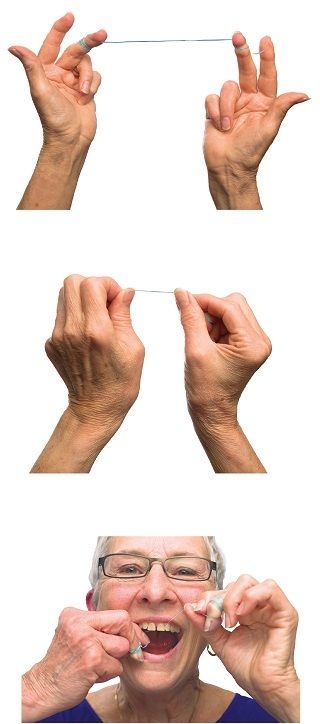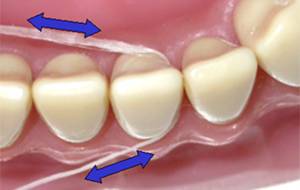Taking care of your teeth involves more than just brushing twice a day. Flossing is an essential part of maintaining good oral hygiene. Flossing helps remove food particles and plaque from between your teeth, where your toothbrush can’t reach. Here are some tips on how to floss your teeth properly:
- Start with enough floss: Cut about 45 centimeters of floss and wrap it around your middle fingers, leaving about 2.5 to 5 centimeters of floss in between. Use your thumbs and index fingers to guide the floss between your teeth.
- Be gentle: Use a gentle back-and-forth motion to guide the floss between your teeth. Do not snap the floss into your gums, as this can cause damage and bleeding.
- Curve the floss: Curve the floss into a C-shape around the base of each tooth, gently sliding it up and down to remove any debris.
- Use a new section of floss: Use a new section of floss for each tooth to avoid transferring bacteria from one tooth to another
- Be thorough: Take your time and floss each tooth, including the hard-to-reach molars in the back of your mouth. Don’t forget to floss the back of your last molar as well.
- Rinse your mouth: Rinse your mouth with water or mouthwash to remove any remaining debris and flossing particles.


Flossing at least once a day is recommended to maintain good oral health. However, if you have braces or other dental appliances, you may need to floss more often to remove food particles that get trapped in the wires and brackets.
If you find traditional flossing difficult or uncomfortable, consider using a water flosser or interdental cleaner, which can be just as effective in removing debris from between your teeth. Talk to your dentist or dental hygienist about which tool might be best for you.
Remember, proper flossing is an important part of your overall oral hygiene routine. Along with brushing, regular dental check-ups, and a healthy diet, flossing can help keep your teeth and gums healthy for years to come.





